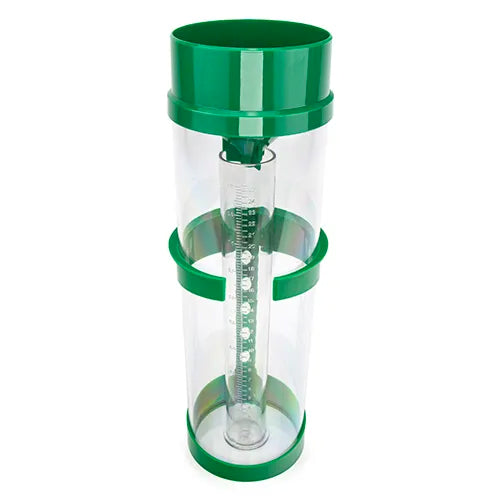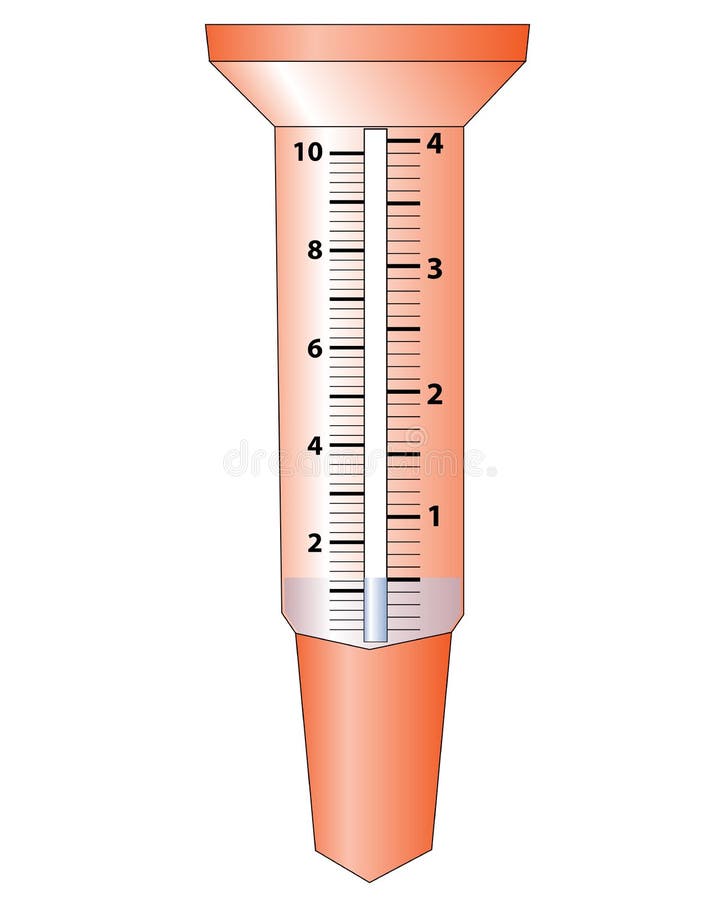Ingenious Designs in Rain Gauges: What Makes Them Stand apart
Ingenious Designs in Rain Gauges: What Makes Them Stand apart
Blog Article
Unveiling the Scientific Research Behind Rainfall Gauges: Just How These Gadgets Play an Important Duty in Climate Study and Ecological Tracking
Rainfall evaluates, apparently straightforward devices, hold a profound importance in the world of environment study and environmental tracking. As we peel off back the layers of this scientific veil surrounding rainfall assesses, we uncover a world where accuracy, data accuracy, and precise observation merge to reveal a deeper understanding of our changing environment and its effect on the world.
Value of Rain Gauges
Rainfall determines play an indispensable duty in surveillance and determining precipitation degrees, offering necessary data for environment study and evaluation. These devices are fundamental in quantifying the amount of rainfall that occurs in a details location over a specific period. By accumulating and gauging rain, rainfall evaluates deal useful insights into the distribution and intensity of rainfall, aiding meteorologists, hydrologists, and climatologists in understanding weather patterns and trends.
Among the crucial reasons rain assesses are critical is their capability to supply local and accurate information. Unlike satellite or radar-based dimensions, which offer broader observations, rain gauges deal specific details details to the place where they are placed. This localized information is important for various applications, consisting of flood forecasting, dry spell monitoring, and water source management. In addition, long-term information collected from rainfall evaluates aids in assessing climate adjustment influences and patterns, contributing significantly to scientific research study and decision-making procedures. Essentially, rain assesses work as important tools in the area of meteorology and ecological science, playing a crucial function beforehand our understanding of climate and environment dynamics.
Kinds of Rainfall Gauges

Performance and Procedure
In the realm of environment study and atmospheric studies, the efficiency of rainfall gauges lies in their complex performance and accurate operational mechanisms. Rainfall determines are designed to accurately determine the amount of precipitation that drops over a specific area during a set duration.
The functionality of rainfall assesses is based on the concept of measuring and collecting rain in a standardized fashion. This collected information is vital for recognizing neighborhood weather patterns, tracking long-term climate fads, and assessing ecological effects. To ensure precise dimensions, rainfall evaluates requirement to be strategically placed in open locations far from blockages such as buildings or trees that could disrupt the collection procedure.
The functional aspect of rain assesses entails normal maintenance to avoid particles buildup, calibration checks to keep dimension precision, and data tape-recording for evaluation (rain gauge). Overall, the performance and operation of rainfall assesses are important for gathering reliable precipitation data crucial to environment research and environmental monitoring
Function in Climate Study
Given the essential significance of precise precipitation measurements in comprehending weather patterns and environmental impacts, the function of rainfall assesses in climate research study is important. Rain evaluates offer important data for climate research by quantifying the amount of rainfall that drops over a details location during a given period. This data is crucial for keeping track of long-lasting trends in rainfall patterns, analyzing the influence of climate modification on rainfall circulation, and boosting environment versions.

Climate scientists use data accumulated from rain assesses to evaluate variants in precipitation levels, determine local climate fads, and assess the performance of water resource monitoring techniques. By contrasting historic precipitation information with current measurements, researchers can spot changes in precipitation patterns, such as modifications in the frequency or strength of rainfall events. This info is vital for comprehending how climate adjustment is affecting precipitation characteristics and can help policymakers make notified choices regarding adaptation and reduction strategies.
Applications in Environmental Tracking

In flood forecasting, rainfall scale information helps to track rains intensity and distribution, enabling authorities to issue timely cautions and take essential like it actions to reduce flood dangers (rain gauge). Drought monitoring counts on rainfall scale data to assess dampness degrees in the soil and track rainfall deficiencies, helping in the identification of drought-prone locations and the execution of drought response approaches
In addition, rain scale information plays an important duty in water resource management by supplying information on water schedule and usage fads. This data is made use of to make educated choices pertaining to water allowance, conservation actions, and sustainable water source planning. Additionally, in farming, rain gauge information helps farmers in optimizing watering timetables, crop option, and general ranch management techniques based on neighborhood precipitation patterns. Overall, rainfall gauges are important devices in ecological tracking, providing valuable understandings that add to educated decision-making and sustainable source management.
Final Thought
In verdict, rainfall gauges are vital devices for gauging rainfall, providing useful information for environment study and ecological tracking. With different kinds and capabilities, rainfall gauges play a crucial duty in recognizing precipitation patterns and their influence on the atmosphere. By precisely determining rainfall, these devices contribute to the development of scientific expertise and aid in making informed decisions pertaining to water source administration and catastrophe preparedness.
Rainfall assesses play an indispensable duty in surveillance and determining precipitation degrees, supplying necessary data for climate study and analysis. The standard rainfall gauge, known as the "tipping pail" gauge, is one of the most commonly used tools. Ultrasonic rain gauges usage noise waves to discover the presence of rain, providing real-time you could try here data on precipitation levels.Environment scientists make use of information accumulated from rainfall gauges to analyze variations in rainfall degrees, determine regional environment patterns, and review the effectiveness of water source administration techniques.In final thought, rain gauges are vital tools for gauging precipitation, providing valuable information for climate study and environmental monitoring.
Report this page